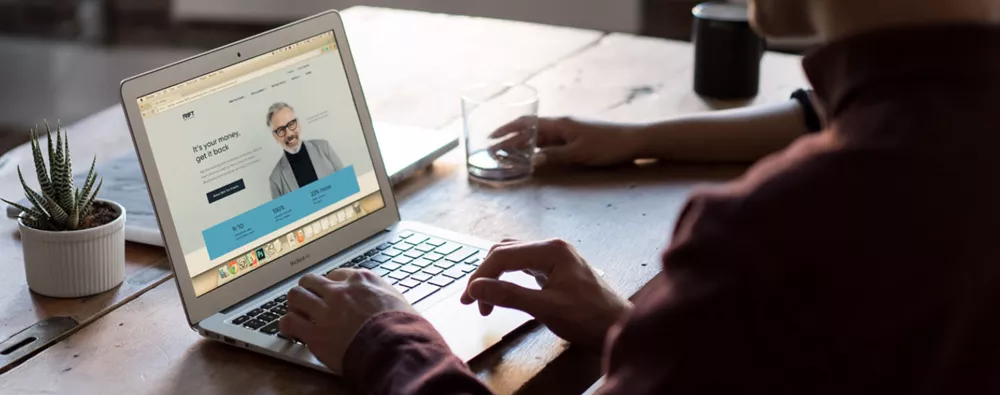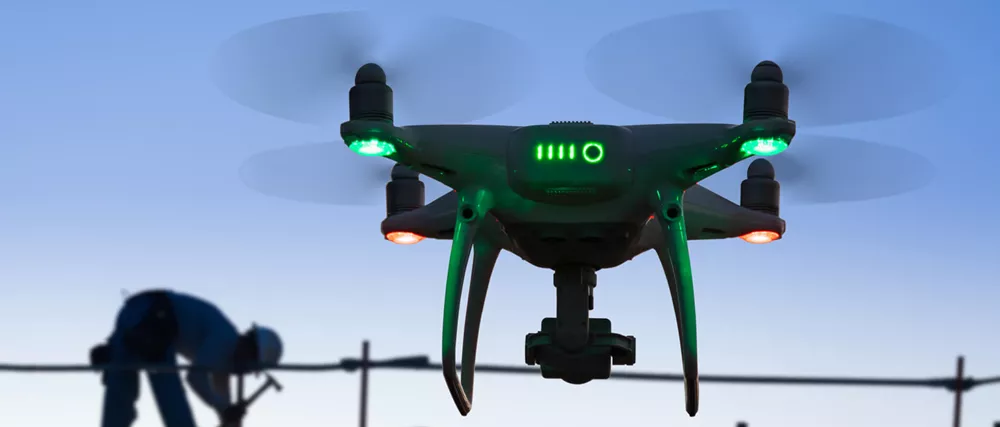It would be difficult to overstate the challenges facing the UK’s pivotal construction industry right now. With a declining skills base, a workforce that’s aging out of the sector, the still-uncertain Brexit fallout and now a global pandemic to deal with, it’s no surprise that construction’s suffering its worst slump in memory.
COVID-19 is a particularly pressing problem. The building trade has always carried personal risks to its front-line workers – and not all of them are visible to the naked eye. We’re not just talking about the virus here, either. Suicide rates among British construction workers are still estimated at around 10 times the national average. The turbulence and additional dangers presented by the pandemic are only deepening the crisis.
The government has sent out strong signals that construction is one of the key industries it wants to re-ignite now. However, it’s dangerous to ignore the brutal fact that construction workers are among those worst hit by the virus. Office for National Statistics figures show that, of 2,500 deaths studied, builders were listed among security guards and bus and taxi drivers as being most at risk of death from COVID-19. While it’s clear that construction needs to be reinforced more than ever right now, that support can’t come at the cost of so many lives.
Finding Innovative Solutions to Worker Safety
As one of the UK’s most ferociously innovative sectors, construction is well accustomed to finding innovative solutions under pressure.
Worker safety is rightly at the forefront of innovative thinking in the industry, from survey drones to head-up displays. COVID-19 is now adding a new complication to consider – limiting the amount of direct interaction workers have with each other on-site.
Tracking Technology
Tracking technology has already established itself as a key means of tackling the virus, and Bluetooth devices could soon be finding their way onto construction sites in the form of tags attached to commonplace items of equipment or ID badges. These tags will be able to trigger warnings when workers are getting dangerously close or gathering in risky numbers.
Beyond that, the tracking technology can be used to monitor and analyse workers’ interactions to help minimise the risks of the job. Understanding the underlying patters of these interactions could prove to be a key factor in reducing the amount of face-to-face contact the work requires.
Modular Construction
Many of the innovations already gathering momentum in construction could have direct applications in tackling COVID-19 and associated risk management. Modular and off-site construction techniques are ideal for deploying things like pre-fabricated critical care facilities, for example.
Boosting the capacity of the healthcare sector has been one of the greatest and most urgent challenges the pandemic has presented, so seeing modular innovation rise up to it is immensely encouraging.
Innovation in processes and procedures
It’s important to recognise that innovation doesn’t always come in the form of new inventions or materials. A lot of research and development work centres around the development of innovative processes and procedures.
Finding safer ways for workers to interact, or limiting the need for them to do so, could offer serious benefits with impacts extending beyond the immediate crisis. Similarly, new procedures and techniques for ensuring work surfaces, essential tools and Personal Protective Equipment are safe for use are all potentially critical ways of bringing down the risks facing construction workers daily.
Obviously, innovation poses risks of its own – which is why it’s important to understand and make best use of the support on offer. R&D Tax Credits are about more than just solving or surviving an existing problem facing an individual business. The point of the system is to make innovation less risky and more productive – and in doing so to offer real, often crucial, benefits that extend outside any one firm or sector. Innovation helps everyone – and the spotlight being thrown on it by COVID-19 is only proving that further.
Get credit for your business innovation in this difficult climate with research and development tax credits claim assistance from RIFT. Find out more about R&D tax credits for the construction industry, deep dive into the world of business innovation with our insights, or contact RIFT R&D today to find out how we can maximise your benefits.


Our technical teams specialise in hunting down all your qualifying R&D costs and turning them into a serious financial boost for your business.
Get in touch
